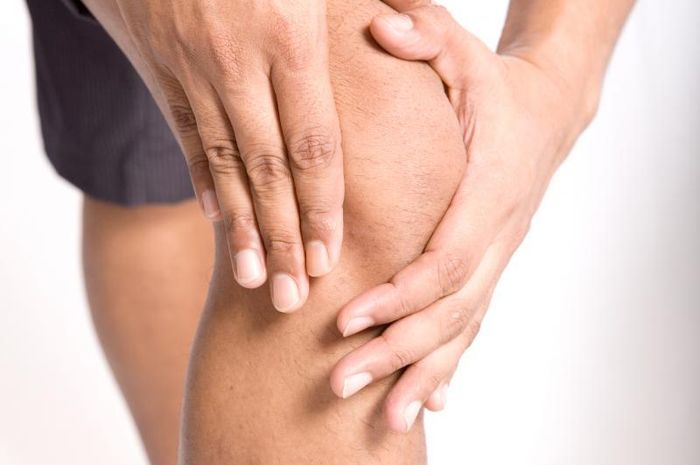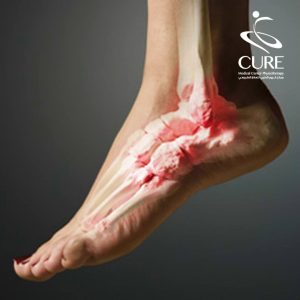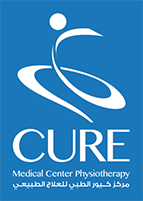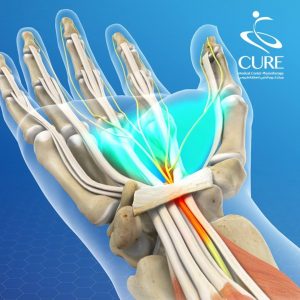Common Cases


A concussion is a mild form of a traumatic brain injury (TBI). A concussion occurs when an impact causes the head and brain to shake quickly back and forth, similar to what happens during a whiplash. In common physiotherapy cases, causes of concussion include: confusion, drowsiness or feeling sluggish, dizziness, double or blurred vision, headache, nausea, or vomiting. sensitivity to light or noise, balance problems & slowed reaction to stimuli

ARTHRITIS is a form of joint disorder that involves inflammation of one or more joints. With over 100 different types of arthritis, they can be divided into 2 groups: degenerative (wear and tear,( also known as Osteoarthritis) or inflammatory (infection in a joint, an example is Rheumatoid Arthritis

Sciatica most commonly occurs when a herniated disk or a bone spur on the spine compresses part of the nerve. It can also be due to any pressure on the nerve anywhere along the pathway of the nerve. This causes inflammation, pain, and often some numbness in the affected leg
 Pain in the foot can be due to a problem in any part of the foot. Bones, ligaments, tendons, muscles, fascia, toenail beds, nerves, blood vessels, or skin can be the source of foot pain
Pain in the foot can be due to a problem in any part of the foot. Bones, ligaments, tendons, muscles, fascia, toenail beds, nerves, blood vessels, or skin can be the source of foot pain
 Almost 20% of headaches are simply because of the excessive amount of stress on your neck and spine, often due to bad posture or repetitive strain of the muscles surrounding the neck
Almost 20% of headaches are simply because of the excessive amount of stress on your neck and spine, often due to bad posture or repetitive strain of the muscles surrounding the neck
Carpal tunnel syndrome is a hand and arm condition that causes numbness, tingling and other symptoms. Carpal tunnel syndrome is usually caused by a nerve that may be pinched or compressed in your wrist
Frozen shoulder, also known as adhesive capsulitis, is a painful and disabling disorder in which the shoulder capsule (the tissue that surrounds the shoulder joint) becomes inflamed and stiff, which greatly restricts moving and causes significant pain. Common Physiotherapy Cases, Signs and symptoms typically begin gradually, worsen over time and then resolve, usually within one or two years
Understanding Concussions: Causes and Symptoms
A concussion is a mild traumatic brain injury (TBI) caused by a sudden impact, jolt, or blow to the head. It can occur due to falls, car accidents, sports injuries, or violent shaking of the head. The brain rushes inside the skull, leading to temporary dysfunction. Common symptoms include headaches, dizziness, confusion, memory loss, nausea, sensitivity to light or noise, and difficulty concentrating.
What Causes Sciatica? Signs and Pain Relief Tips
Sciatica occurs when the sciatic nerve runs from the lower back through the hips and down the legs and becomes compressed or irritated. Common causes include herniated discs, spinal stenosis, piriformis syndrome, and prolonged sitting or poor posture. Symptoms include sharp, shooting pain along the nerve’s path, numbness, tingling, and weakness in the affected leg.
Tips for Managing Frozen Shoulder Pain at Home
Frozen shoulder, or adhesive capsulitis, is characterized by stiffness, pain, and reduced mobility in the shoulder joint. It develops gradually and can last for months or even years. To manage it at home, perform gentle stretching exercises, such as pendulum swings and wall crawls, to improve mobility. Applying heat therapy can relax muscles, while cold packs help reduce inflammation. Over-the-counter pain relievers can also provide relief.
People Also Ask
What are the most common causes of concussions?
Concussions are most commonly caused by direct trauma to the head or violent shaking of the head and upper body. This can happen due to falls, sports injuries, car accidents, or physical assaults. High-impact sports like football, boxing, and rugby increase the risk of concussions, as do accidents that result in sudden acceleration or deceleration of the brain inside the skull.
How can arthritis pain be managed at home?
Arthritis pain can be managed at home through a combination of lifestyle changes and natural remedies. Regular low-impact exercises like walking and swimming help maintain joint flexibility. Heat therapy (warm compresses and heating pads) relaxes muscles and improves circulation. Causes of arthritis pain, while cold therapy (ice packs) reduces inflammation.
What are the best exercises for relieving sciatica pain?
Exercises that help relieve sciatica pain focus on stretching and strengthening the lower back, hips, and legs. The piriformis stretch helps release tension in the piriformis muscle, which can press on the sciatic nerve. The seated spinal twist improves spinal mobility, while the child’s pose provides gentle lower back relief.
When should I see a doctor for foot pain?
If foot pain persists over a few days, worsens over time, or is accompanied by swelling, redness, numbness, or difficulty walking, see a doctor. Sudden and severe pain after an injury could indicate a fracture or ligament damage. Mild foot pain should be evaluated to prevent complications if you have diabetes, poor circulation, or nerve issues.
How long does it take to recover from a frozen shoulder?
Recovery from a frozen shoulder typically takes several months to three years, depending on the severity and treatment approach. The condition progresses through three stages: the freezing stage (pain and stiffness develop), the frozen stage (mobility is highly restricted), and the thawing stage (gradual improvement in movement).
Conclusion
Understanding common conditions like concussions, sciatica, frozen shoulder, and arthritis can help in early recognition and effective management. While home remedies and exercises can provide relief, seeking medical attention for persistent or severe symptoms is essential for proper diagnosis and treatment.
Prioritizing preventive measures and maintaining a healthy lifestyle can also reduce the risk of these conditions and promote overall well-being.


